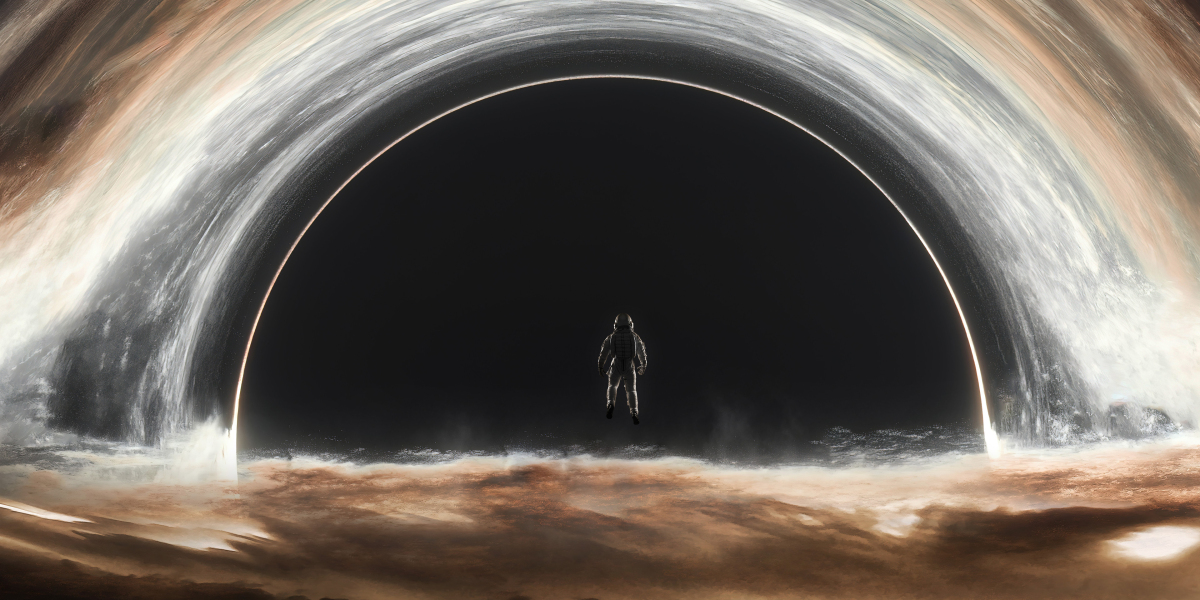3D printing has revolutionized the way we create objects, but it is not without its challenges. Understanding the common issues that arise during the printing process is essential for effective 3D print troubleshooting. In this article, we will explore the top five problems you may encounter and provide solutions to help you achieve successful prints.
1. Warping
Warping is a frequent issue that occurs when the corners of a print lift off the build plate. This can lead to a failed print and wasted materials. Why does this happen? Typically, it is due to uneven cooling of the material. To mitigate warping, consider the following:
- Use a heated bed to maintain a consistent temperature.
- Apply an adhesive substance, such as glue stick or hairspray, to the build surface.
- Ensure proper bed leveling before starting the print.
2. Layer Adhesion Problems
Layer adhesion issues can result in weak prints that may easily break. This problem often arises from incorrect temperature settings or insufficient extrusion. If you notice that your prints are not adhering well, you might want to:
- Increase the nozzle temperature slightly.
- Check the filament diameter and ensure it matches your printer settings.
- Adjust the print speed to allow for better layer bonding.
3. Stringing
Stringing occurs when small strands of filament are left behind as the print head moves between different areas of the print. This can be frustrating, but it is often a result of improper retraction settings. To reduce stringing, consider the following adjustments:
- Increase the retraction distance and speed in your slicer settings.
- Lower the printing temperature slightly to reduce filament oozing.
- Enable the "Combing" feature in your slicer to minimize travel moves over open spaces.
4. Under-Extrusion
Under-extrusion can lead to gaps in your prints and a lack of detail. This issue often stems from a clogged nozzle or incorrect flow rate settings. If you suspect under-extrusion, you might want to:
- Clean the nozzle to remove any blockages.
- Check the filament for any inconsistencies or moisture absorption.
- Adjust the flow rate in your slicer settings to ensure adequate material is being extruded.
5. Over-Extrusion
Conversely, over-extrusion can cause blobs and zits on your prints. This occurs when too much filament is extruded, often due to incorrect settings. To fix over-extrusion, consider:
- Reducing the flow rate in your slicer settings.
- Calibrating your extruder steps per millimeter.
- Ensuring that your filament diameter is accurately set in the slicer.
For more detailed guidance on preventing 3D printing failures, visit this comprehensive guide.
In conclusion, effective 3D print troubleshooting requires a keen understanding of the common issues that can arise during the printing process. By addressing these challenges with the solutions provided, you can enhance your 3D printing experience and achieve successful results.








